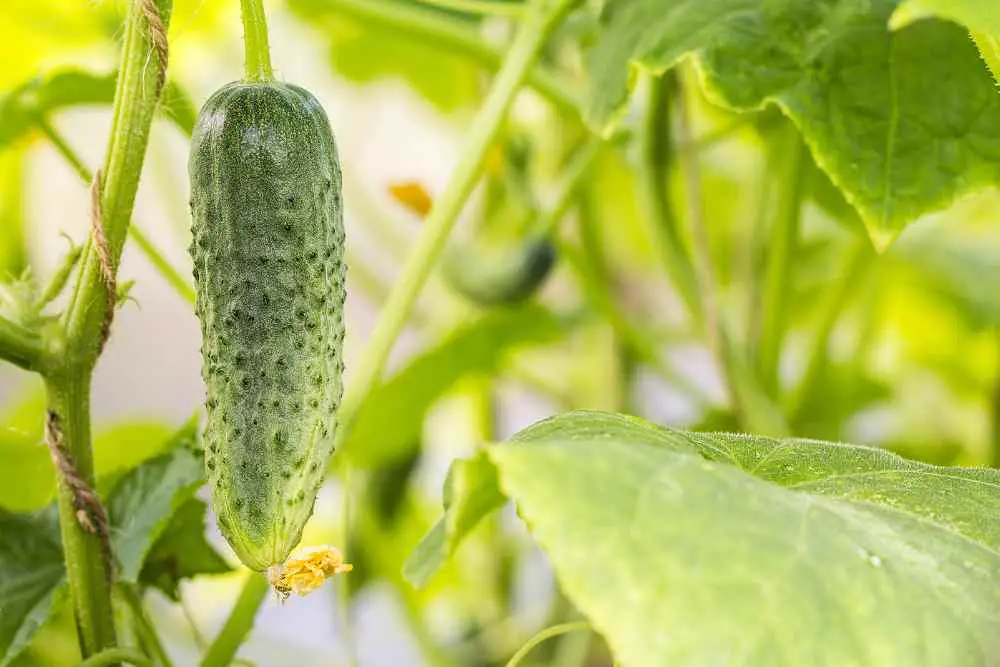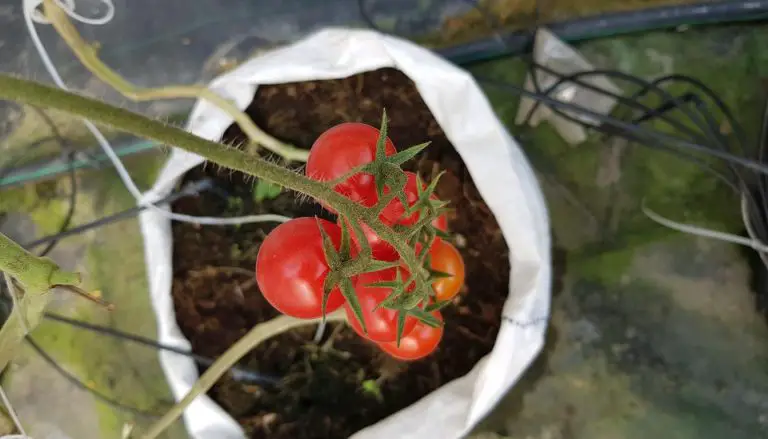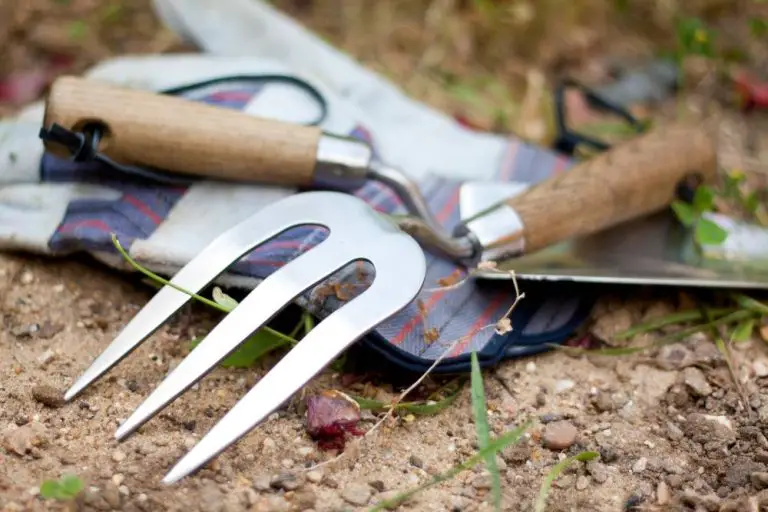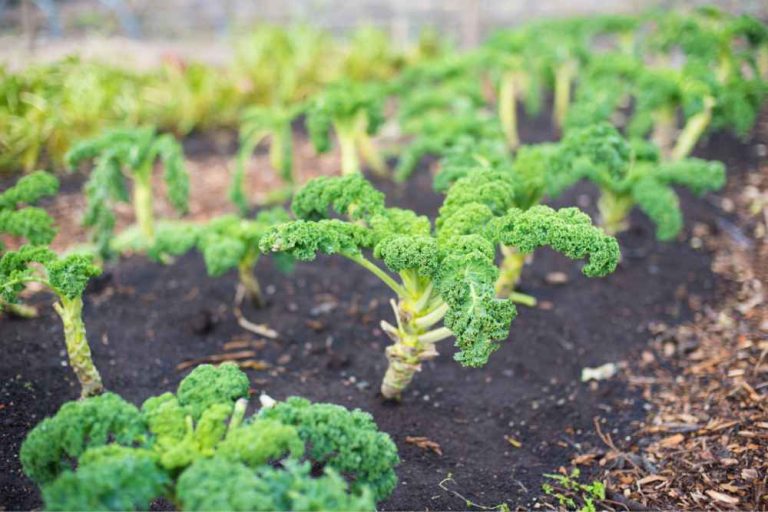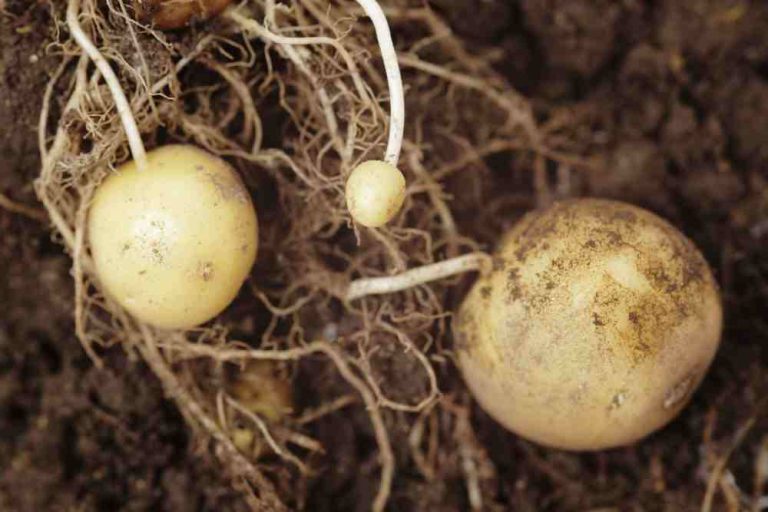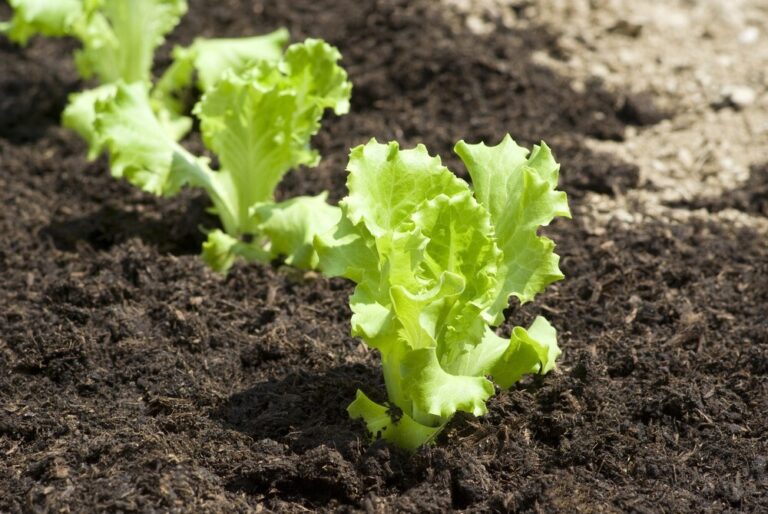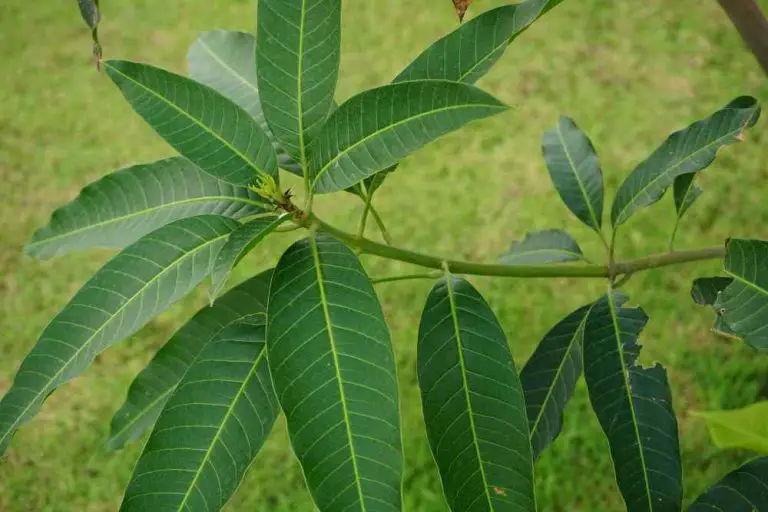Ultimate Guide to Growing Cucumbers: Tips for a Bountiful Harvest
Cucumbers are tropical vegetables that require long, warm days, lots of sunlight, and plenty of water to create a large harvest. Cucumbers are one of the summer’s delights: crisp, juicy, and sweetly flavored. Although most cucumbers are green, there are white and yellow cucumbers to sample for a change of pace.
They are incredibly healthy and crisp, regardless of hue. Cucumbers are commonly seen as long and green, but they can exist in a variety of forms and colors. Some cucumbers are round, some that are little, and others that are the size of tennis balls; some cucumbers are short and stubby. Growing cucumbers can be either done in the greenhouse or outdoors.
According to the growth habits, cucumbers have two different types: bush and vine. Bush varieties do not require a trellis and they are compact. Bush varieties are ideal for growing in containers or small raised beds.
even though vine varieties require a larger space than bush varieties, they produce more fruit. You may plant vines on the ground in large gardens, although this approach increases illness. Cucumbers grown vertically on a trellis get more air and are less susceptible to foliar diseases like powdery mildew.
Cucumber Varieties
Cucumbers are grown for slicing or pickling. They are suitable for specific culinary uses, available in both growth habits. Cucumbers that are excellent for slicing are 6 to 8 inches long and 1 inch in diameter or larger when fully grown.
The delicate skin and soft meat of slicing types make them great for fresh dining. . When completely developed, pickling cucumbers are 3 to 4 inches long and up to 1 inch in diameter. Pickling cucumbers have tougher skin and flesh, which helps them survive longer.
Kirby
Kirby cucumbers are tiny and thick, with rough green and yellow patterns on the skin. When compared to other cucumbers, they have a crisp texture and are commonly used in pickling recipes. They just need to reach a length of 3-6 inches before being harvested.
Gherkins
Gherkins are stubby and short, with rough skin that has a pale green color. Gherkins are most typically pickled and served on a relish platter, however, they can be eaten raw. Only after 2/3 inch growth is the best time to pluck.
Champion of the Bush
In just 60 days, this hybrid bush variety produces straight, crisp, bright green cucumbers. Bush cucumber with a high yield for tiny gardens or containers. Even though the plants are one-third the size of a conventional cucumber plant, the fruits are 8 to 12 inches long. The flavor is excellent, and the plants are resistant to the mosaic virus.
The lemon cucumber
The lemon cucumber is a light yellow heirloom lemon cucumber cultivar. They’re also recognized for their thin skin and mild taste. Plants mature in 65 days, and the vines grow extraordinarily long. Lemon cucumbers are roughly the size of a tennis ball and are round. These heirloom cucumbers make a delicious one- or two-person snack.
Growing Cucumbers From Seeds
Location and Soil
Cucumbers may be picky about where they grow. They adore nothing more than a position in the sun in chilly zones. A simple shade covering, whether temporary or permanent, will shelter the plants from the strong heat while also lowering the chance of fruit scarring.
Another thing to keep in mind about cucumbers is that they are vines that need to climb. Choose a location that offers them the correct amount of sun while also providing some support. Wire supports, as well as fences and trellis, work well.
Cucumbers may be grown on a variety of soils with success. The ideal soil is loose, well-drained, and rich in organic matter and plant nutrients. The soil pH for cucumbers is between 6.0 and 6.5. For optimal germination, the soil temperature should be at least 60 F before seed sowing. You can grow cucumbers either in a pot or in a garden.
Growing Cucumbers In The Garden
Before preparing the soil for growing cucumber, remove any rocks, huge sticks, or garbage. Fine plant material, such as dead grass and tiny weeds, should be left in place since they will assist enrich the soil when turned under.
Dig to a depth of 8 to 12 inches in the soil. Cover all plant items with soil by turning each shovel of soil fully over. Make beds that are 4 to 6 inches high and at least 36 inches apart using the dirt. Cucumbers require adequate drainage, thus ridges are especially useful in heavy soils and poorly drained locations.
Vine cucumbers can grow to be 6 to 8 feet long or longer. Cucumbers may spread across the ground in huge gardens. As a result, arrange them in rows along the ridges. Make a 1-inch deep furrow in the middle of each ridge with a hoe or a stick. Every 12 to 14 inches along the row, scatter three or four seeds in clusters.
You’ll have a better chance of getting a stand if you plant more seeds. Remove any additional plants as soon as possible once they sprout. 1 inch of fine soil should be used to cover the seeds. Firm the dirt over the seeds using the flat side of a hoe, but do not pack it.
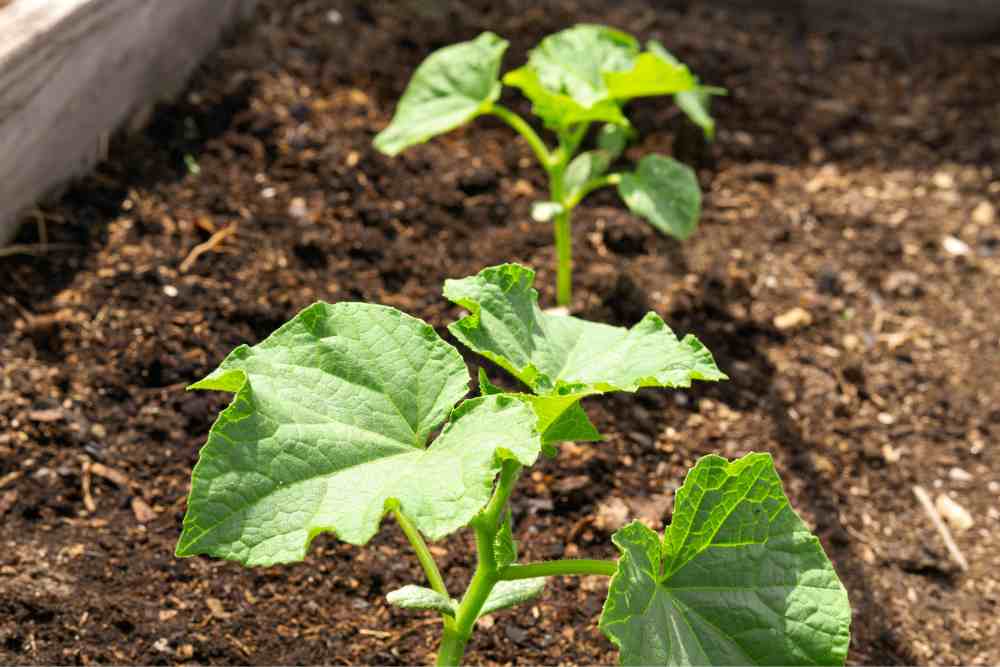
Cucumbers may be trained on a fence, trellis, or cage in small gardens if the wire is accessible. Along with the trellis or cage, plant three or four seeds in hills 4 to 6 inches high. If you reside in a colder area, cover the hill or row with black plastic to help warm the soil. To keep pests away, mulch the area after planting with straw, chopped leaves, or another organic mulch, and keep shrub forms off the ground to avoid disease.
Remove as many weeds as possible from the cucumbers. Plow or hoe the soil no deeper than 1 inch to avoid cutting the feeder roots and slowing the plant’s development. Cucumber blossoms come in two varieties: male and female.
Male flowers are the first to bloom and are the last to close. Female flowers are responsible for the cucumber’s formation and should not be removed. If the female flowers start to fall off, use a soft brush or cotton swab to gently clean the interior of each male and female bloom. The blooms will be pollinated, which will aid in their development into fruit.
Cucumbers need continuous, balanced watering throughout the growing season. Cucumbers are strong feeders, so start with soil that has been treated with compost or composted manure. Cucumbers will also benefit from a balanced, slow-release organic fertilizer applied to the top layer of soil. Always follow the manufacturer’s directions when using fertilizers for cucumbers.
Harvesting
Cucumber plants that have begun to develop and yield must be plucked regularly to ensure that they continue to produce. When plants are overloaded with fruit, they will devote their energy to enlarging existing fruit rather than creating new flowers. Cucumbers that are left on the vine for too long become woody, seedy, and bitter. Cukes may grow from 2 inches to 12 inches in just a day or two, so keep an eye on them.
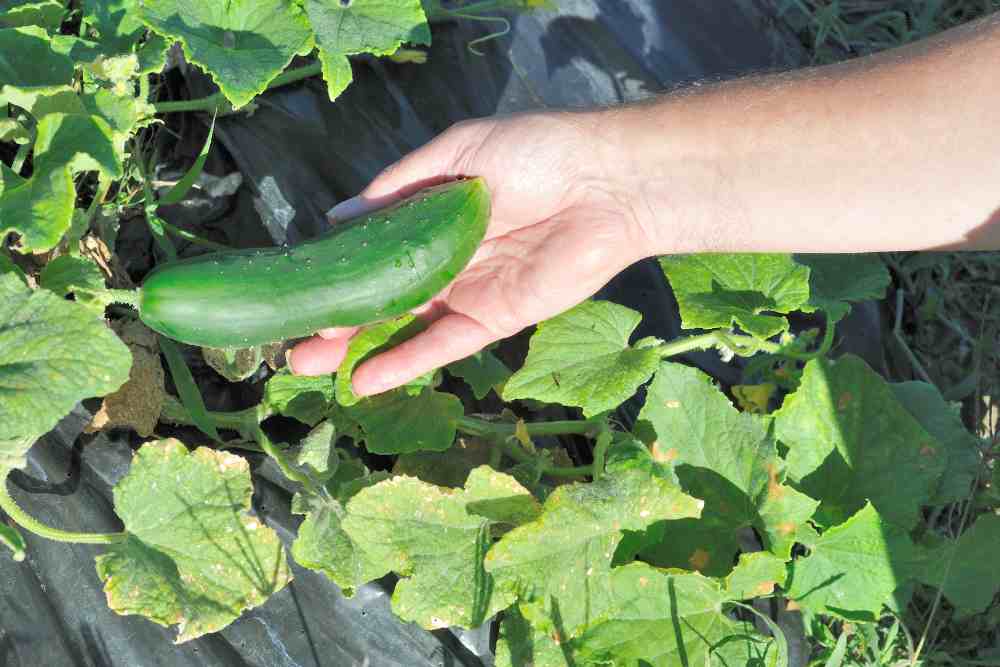
Cucumbers should be harvested when they reach the correct size and color. Do not wait till they turn yellow before removing them. Yellow cucumbers are past their best and will have a strong taste. Remove cucumbers from the plant with pruners or snips, leaving an inch of vine connected to the fruit. harvested cucumbers can be kept in the refrigerator for 7 to 10 days, but use them as soon as possible after picking for the best flavor.
- 18 Creative Ideas for Stunning Garden Borders - April 16, 2024
- 19 Creative and Cheap Backyard Ideas: Transform Your Backyard on a Budget - April 11, 2024
- 15 Ingenious Kitchen Garden Ideas to Cultivate Freshness Right at Home - April 7, 2024

